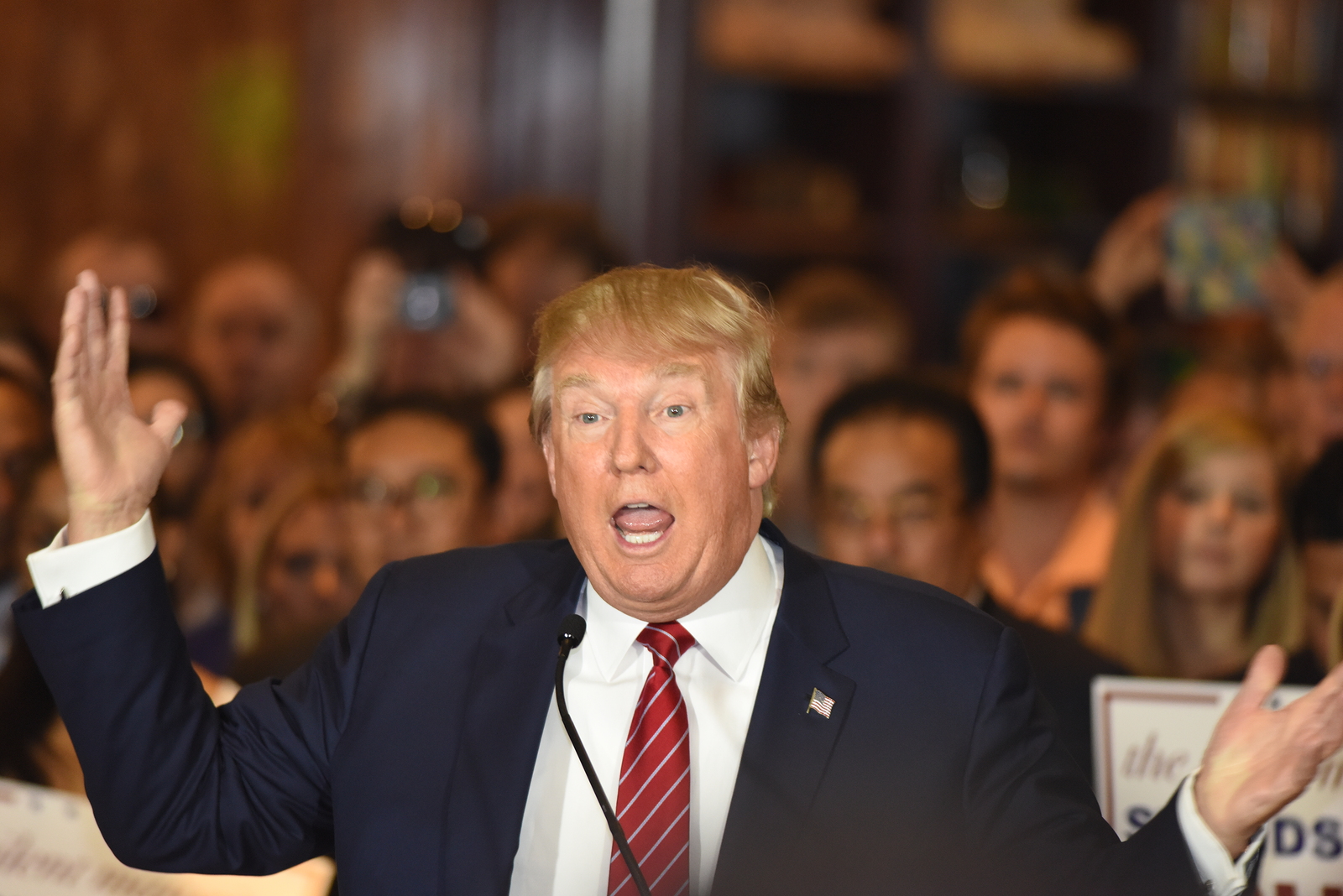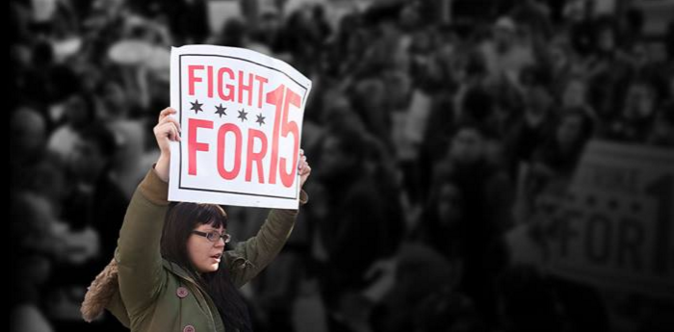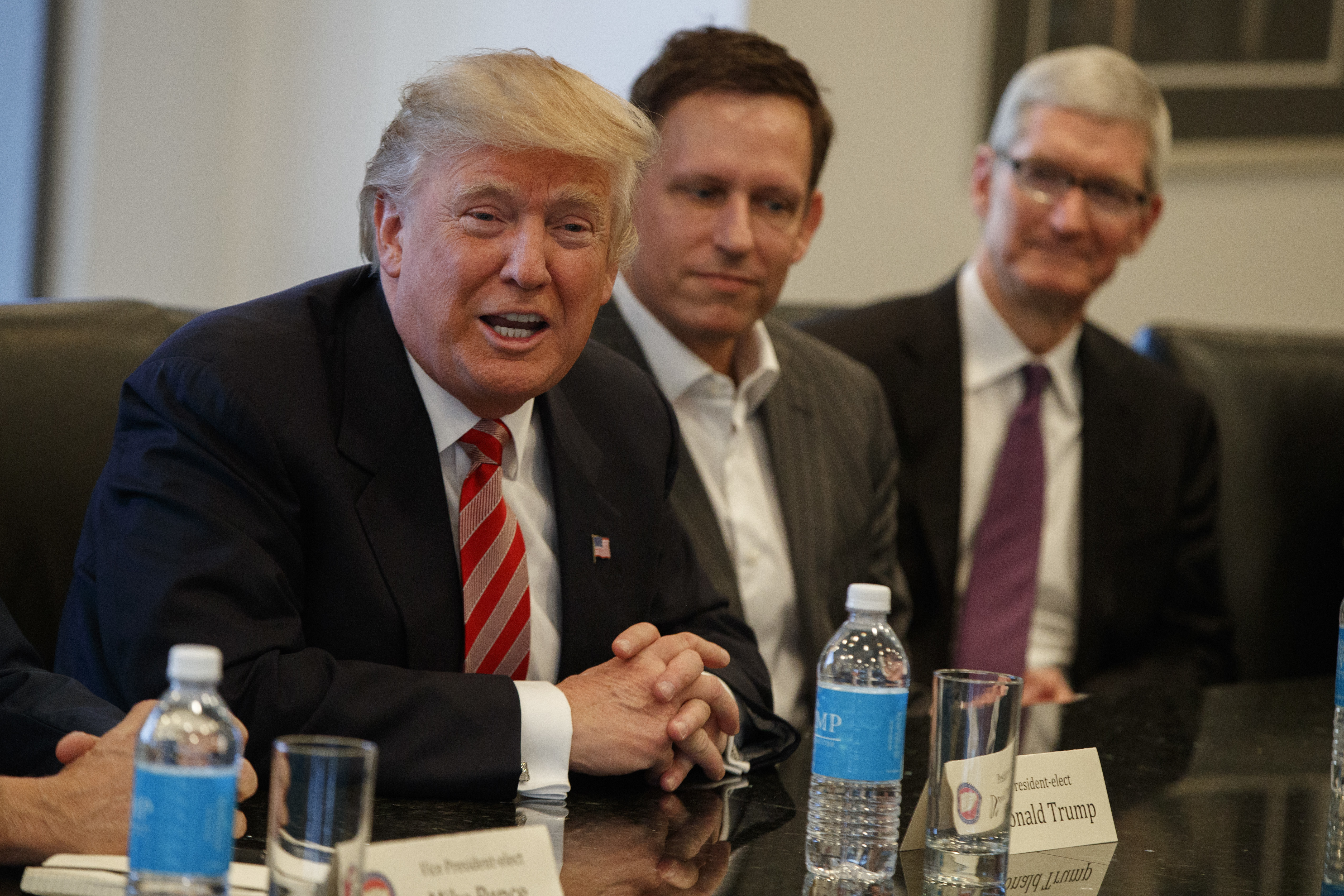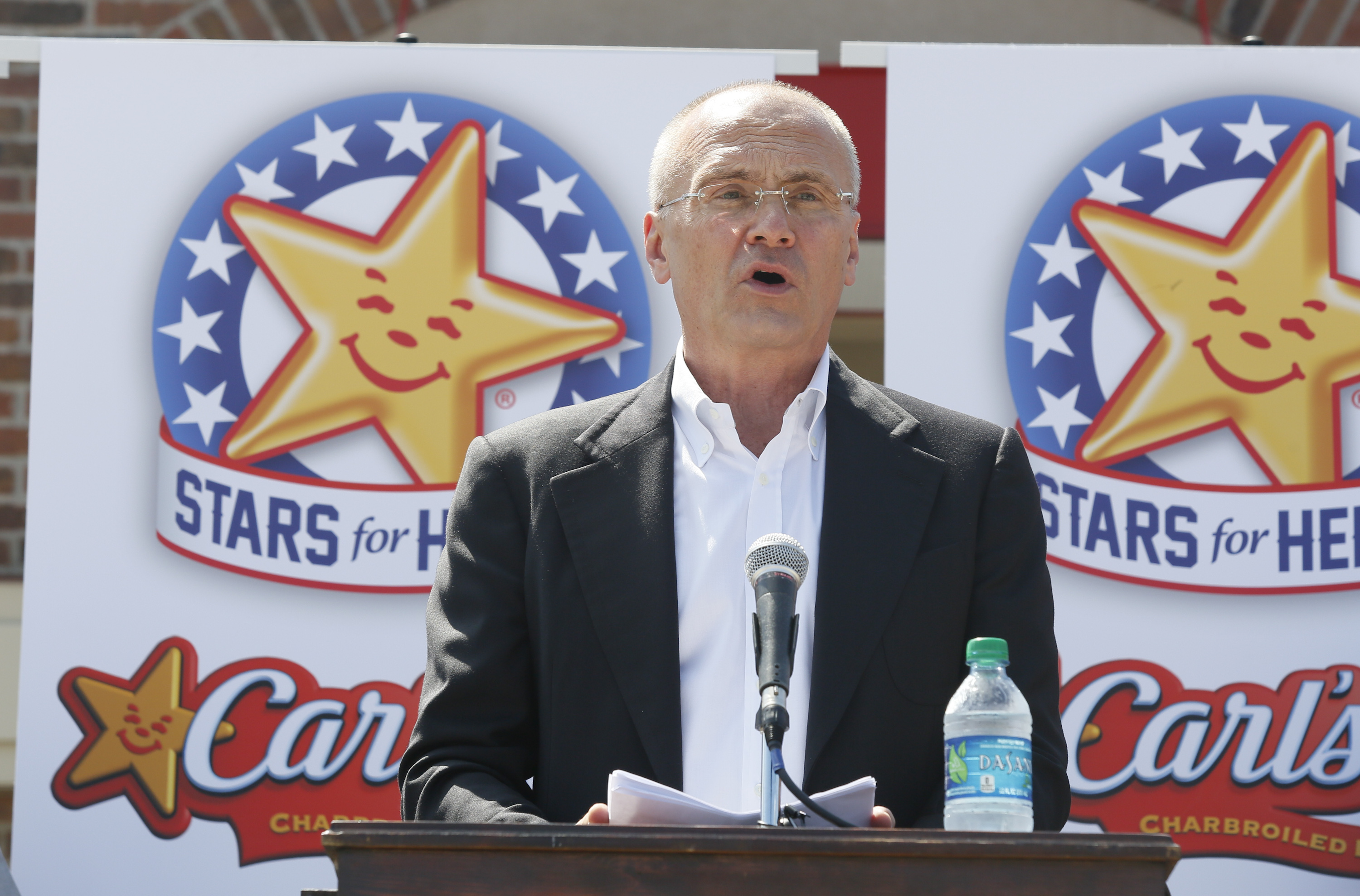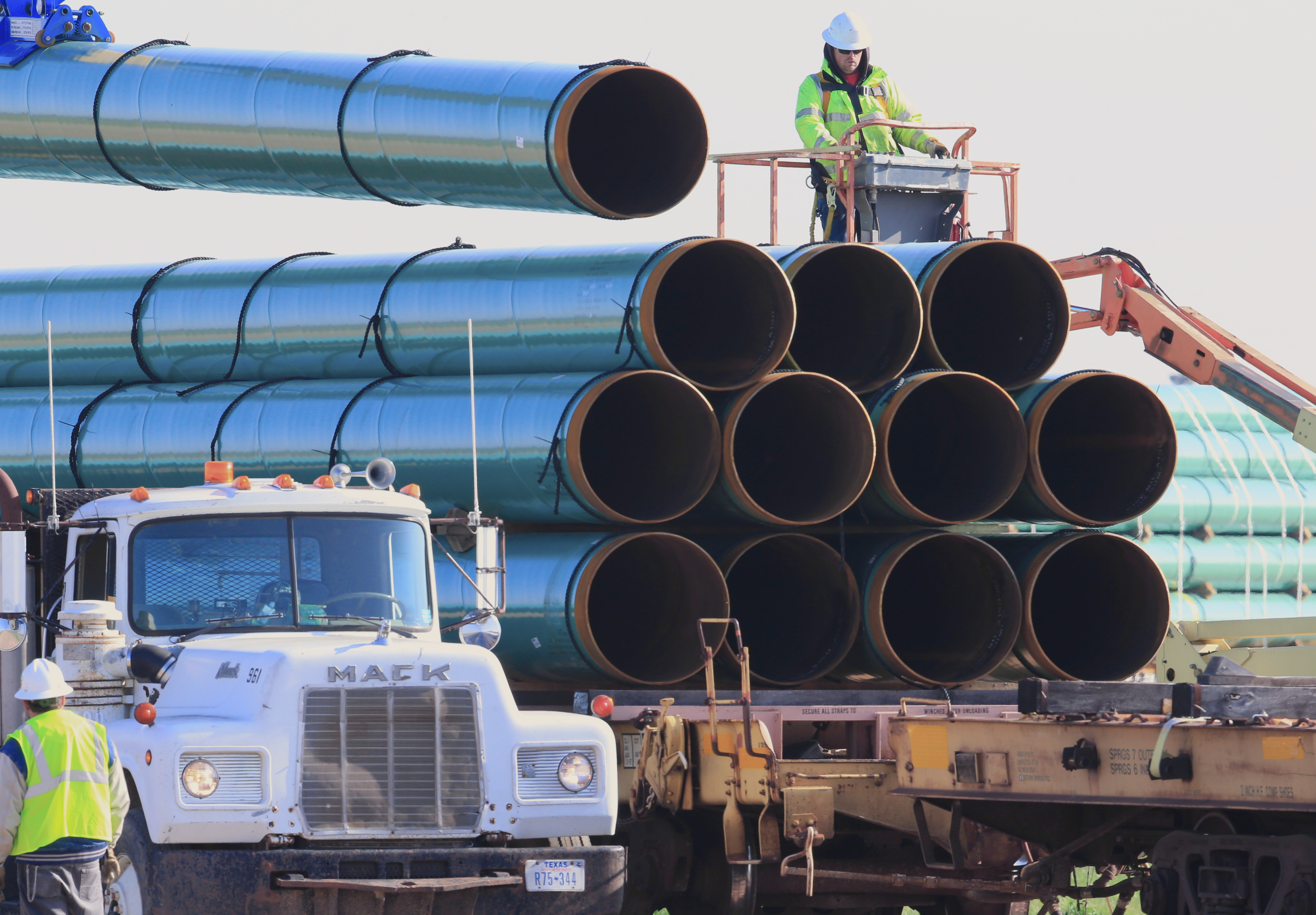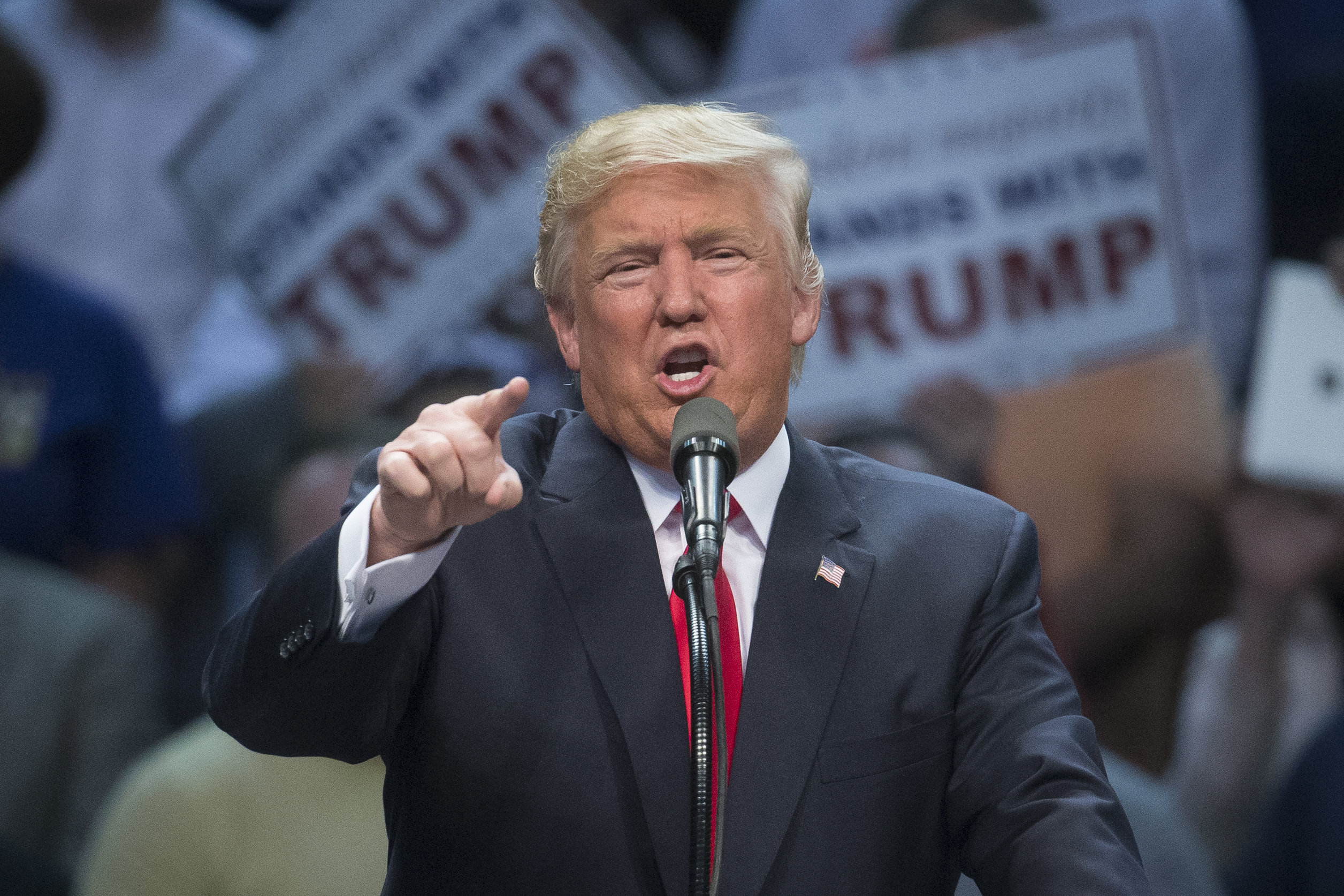
On the campaign trail, President-elect Donald Trump took positions both for and against a program allowing highly-skilled foreign workers a visa for employment inside the United States. Trump’s nomination of Sen. Jeff Sessions for attorney general has also raised concerns about scrutiny placed on the visas, but serious doubts remain over whether Trump or Congress will be interested in rolling back the program. Supporters of the program argue reducing or eliminating these H-1B visas would cause economic damage in the U.S. and boost foreign tech hubs, running counter to many of Trump’s campaign promises.
The H-1B visa program provides employers with high-skilled foreign workers when they cannot find qualified domestic workers. Critics have contested it’s being abused by employers looking for cheap labor. The program, however, has become a needed resource for companies who can’t find required skills domestically.
“Limiting the number or eliminating the program entirely would honestly be a shock to the U.S. system that could cause a contraction and ship a lot of this production entirely overseas,” Information Technology and Innovation Foundation analyst Adams Nager told InsideSources. “Statistics show a guest worker, especially a technology guest worker, moving to a location creates jobs in their own industry.”
Nager adds that it’s not even an issue of companies choosing foreign workers over qualified Americans. The issue is there simply aren’t enough qualified domestic workers to meet their demands. The computer and technology sector has become increasingly in need of skills that are in short supply domestically.
“Pretty much anyone who’s using IT products rely a lot on foreign workers just because it’s so hard to find qualified Americans to do this type of work,” Nager said. “Really what happens if we don’t let these guest workers in is we forfeit an opportunity to grow in these industries.”
Those opposed to the program believe restricting it could result in companies hiring domestic workers. They make the assumption that the skills and talents these companies need are available domestically. Technology and other industries, however, may be forced to relocate to where they can find the skilled labor they need.
“I think the worse deal for the American worker is that instead of companies bringing talent here to the U.S., that these companies start taking jobs overseas,” National Immigration Forum Executive Director Ali Noorani told InsideSources. “It’s not so much moving a floor of cubicles to another country, it’s frankly expanding the footprints that these companies already have in these other countries.”
Silicon Valley in California has become the unofficial capital of the current technological renaissance. Apple, Facebook, Google, and many others have offices there. These companies have led the way in innovation and rely on guest workers to meet those demands.
“Every country in the world is trying to build the next Silicon Valley,” Nager said. “Eliminating the supply of labor coming in is going to drive the cost of labor up even further for California-based technology companies which will certainly have the effect of making companies at least look elsewhere.”
Google alone filed 2,163 applications for skilled foreign workers they’re hoping to hire this year. Cities like Hyderabad, India, are looking to get a competitive edge over the United States by providing skilled labor. The United States is ahead for now, but the global economy is becoming increasing competitive.
“In terms of Indian cities becoming competitive right away with Silicon Valley, I think that might be premature,” Nager said. “But they certainly now have reason to be optimistic about being able to grow and compete in these sectors.”
Technology companies and consulting firms tend to use the largest share of high-skilled guest workers. Technology companies could be severely damaged or move their operations overseas if visas are reduced. Nevertheless, technology isn’t the only industry that has increasingly relied on guest workers.
“The assumption is Silicon Valley is going to be affected the most by H-1B rollbacks and restrictions,” Noorani said. “While the technology sector will be impacted, really restricting the H-1B program will have an impact across the economy from manufacturing to technology to even financial services.”
Noorani argues the program actually helps domestic workers despite what critics say. He notes that guest workers often contribute to industries in ways that help them grow overall. He adds the high-skilled guest workers drive up employment and economic growth.
“As our economy continues to regain its footing we need to make sure companies have access to the talents that they need,” Noorani said. “If you shrink the H-1B program, companies themselves will start to shrink, and that’s a bad deal for the American worker.”
The H-1B program has a congressionally mandated cap which currently stands at 65,000 visas. The program is allowed to grant an additional 20,000 only for foreigners with advanced degrees. Nager notes even the available visas aren’t enough to meet demand, so any reduction to the program will likely be harmful.
“The program already suffers from not enough visas,” Nager said. “Each year they get about 230,000 applications for those 85,000 visas, and in the first week that the application window is open it results in a lottery and each application only has about a 30 percent chance of being selected.”
The U.S. Citizenship and Immigration Services rely on the lottery system because they get so many applications. The application process opens in April. Available visas are almost instantly taken. Noorani says the process shows how in demand these visas are.
“There are about 65,000 visas available, and they are snatched up in a matter of weeks every year,” Noorani said. “The vast majority of companies that use these visas are abiding by every rule and regulation.”
The application process also creates a lot of uncertainty for companies. They don’t know whether they’ll get the skills and talents they need or even whether they’ll meet requirements in one area but not the other. Nager says reducing the program is only going to make things worse for companies.
“That type of uncertainty is already very damaging, and narrowing the tunnel even further, you’re going to increase the costs that are associated with applying for these visas,” Nager said. “What I think will happen is you’ll end up being more reliant on these so-called offshoring companies.”
Offshore consulting firms have attracted negative attention because they take a large share of high-skilled visas. Nager argues the criticism stems from a misunderstanding of what these firms do. The firms do take a large share of visas but generally act as a middleman to match foreign workers with domestic companies.
“Where those firms are adding value in the current system is they help American companies navigate this really complicated application process,” Nager said. “They don’t have to roll the dice and enter this very risky application process. So condensing this program is likely to intensify that process.”
Trump and Sessions have stated that some employers have abused the visa system. There have been well-reported cases of employers using the program to replace domestic workers with cheap foreign labor. Noorani agrees something needs to be done to prevent abuse but argues reducing the program is not the solution.
“We’re not saying the H-1B program as it exists is perfect,” Noorani said. “It needs to be tightened and improved. But to say that we’re going to shrink it only means that we’re shrinking the economic competitiveness of American companies. At the end of the day, that’s no good for American workers.”
Lawmakers have a number of solutions available to them to address fraud and abuse. They can better monitor the application process and make the system more transparent. Nager warns most companies use the program properly and lawmakers should make sure they don’t hurt them in their attempts to reduce abuse.
“There are any number of ways to address this problem without resorting to cutting the program,” Nager said. “At the same time these policies have to be put in places carefully because you can easily regulate the program out of existence.”
Nager adds its also a misconception that skilled guest workers get paid less. He notes there are cases when they do but on the whole, their wages tend to be equal or more than their American counterparts. Their skills and talents are in high demand, so naturally, their wages tend to be higher.
“The data is pretty clear that these workers are definitely not undercutting American workers in a significant way and in fact, are paid slightly more than their American counterparts,” Nager said. “Of course, that doesn’t tell you about individual cases, but on the aggregate H-1B wages are very competitive.”
Trump has not detailed exactly what he wants to do to the visa program. Over the course of the campaign, he took a variety of positions, both in support of expanding the program and rolling it back. While hostile to technology companies at times, Trump has worked to strengthen his relationship with Silicon Valley since his election.
Sessions has previously worked to limit abuse in the program, with some arguing his proposals would gut it outright. Regardless, the upcoming administration has caused many to be worried.
“I think it really depends on what their actions are,” Noorani said. “It’s hard to tell what the specifics are of what they want to do. But I do know based on our conversations with companies across the manufacturing and technology sector, that they’re increasingly worried.”
Trump does face legal limits when it comes to changing the visa program. He cannot overhaul the program unilaterally. The H-1B program is written into a law which means a congressional vote is needed to fundamentally change the program. Congress’ aggressive agenda and focus on other immigration issues may make it unlikely for congressional action.
“The H-1B has been written into law, it has been passed, its part of a statute,” Ann Cun, managing attorney for Accel Visa Attorneys, told InsideSources. “In order to revise the law, you would need a congressional vote on that. However, when it comes to regulations and how the immigration services review these types of petitions, there is a little more leeway there.”
Sessions has faced two days of hearings starting Tuesday to determine whether his nomination will be approved. Republicans lawmakers have noted concern the position of attorney general has become overly politicized. Sessions responded during the hearings that he plans only to uphold the law if nominated.
Follow Connor on Twitter


